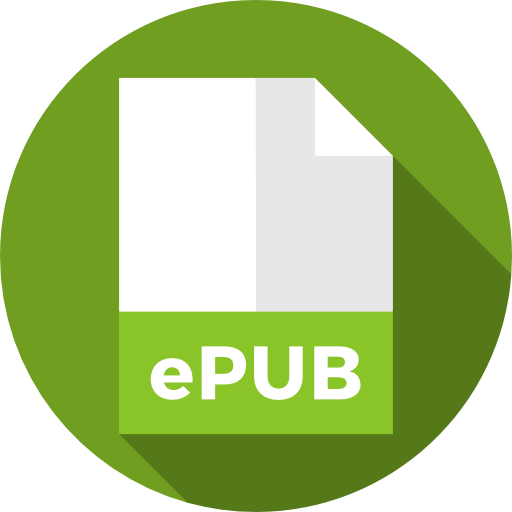
An International Publisher for Academic and Scientific Journals
Author Login
Scholars Journal of Agriculture and Veterinary Sciences | Volume-12 | Issue-08
Fungal Diseases in Fish and Treatment Methods: Trout (Oncorhynchus mykiss)
Mustafa Doğan
Published: Aug. 7, 2025 |
269
399
Pages: 257-265
Downloads
Abstract
Trout farming plays a significant role in the global aquaculture sector and carries high economic and nutritional value. However, intensive production conditions and environmental stress factors lead to the emergence of various diseases in fish. Among these diseases, fungal infections, particularly saprolegniosis caused by Saprolegnia species, cause significant losses in trout farming. Fungal pathogens cause lesions on the skin, fins, and gills of fish, paving the way for both direct and secondary infections. Water quality, stocking density, and environmental factors play a critical role in the spread of diseases. While existing chemical antifungal treatments are effective, challenges such as environmental effects and drug resistance necessitate the development of natural and sustainable alternative treatment methods. In this context, biosecurity measures, natural antifungal agents, and immune-supporting approaches are becoming increasingly important in protecting fish health. This article comprehensively reviews the etiology, diagnosis, epidemiology, and current treatment strategies of fungal diseases in trout, and offers recommendations for sustainable fish farming.


